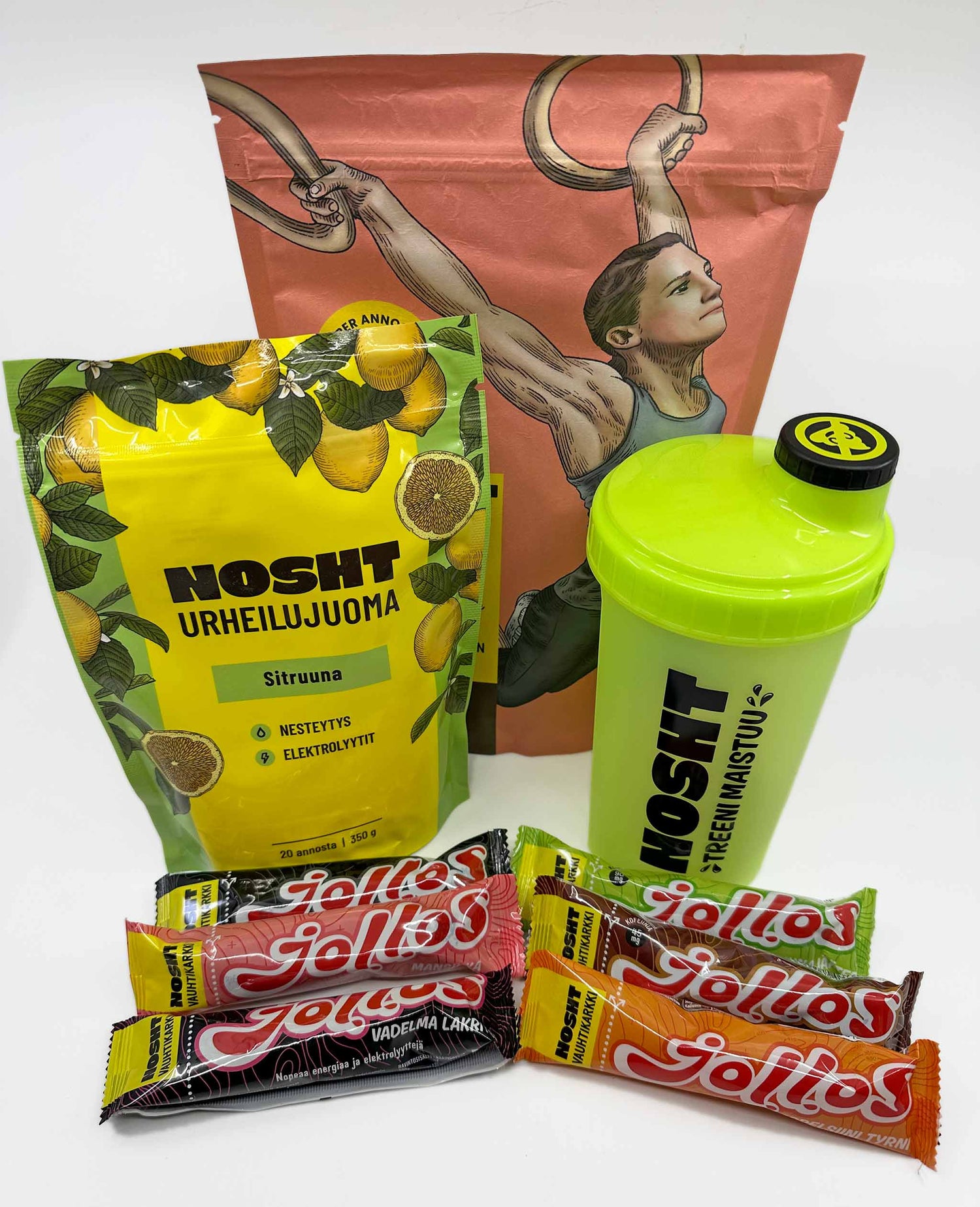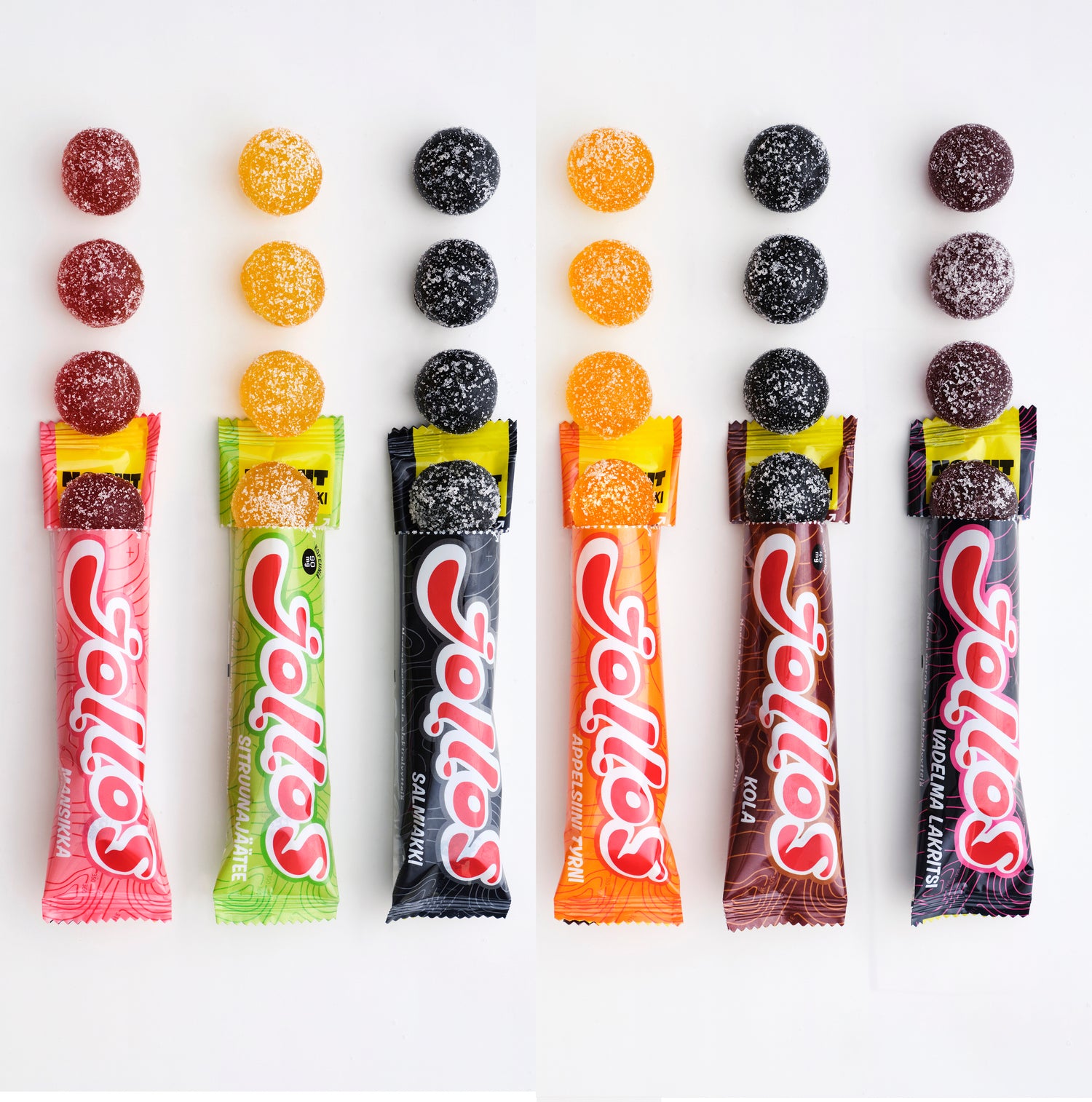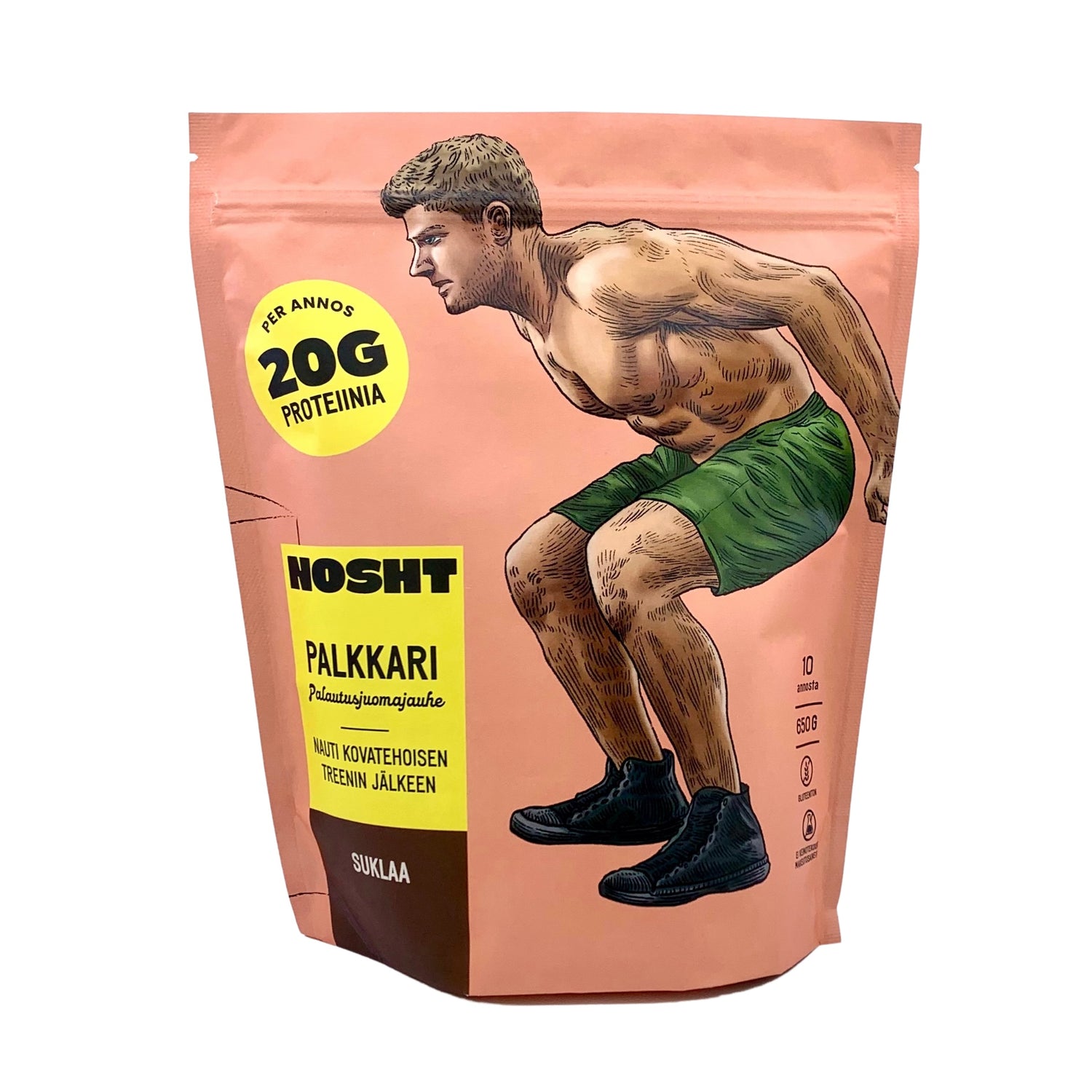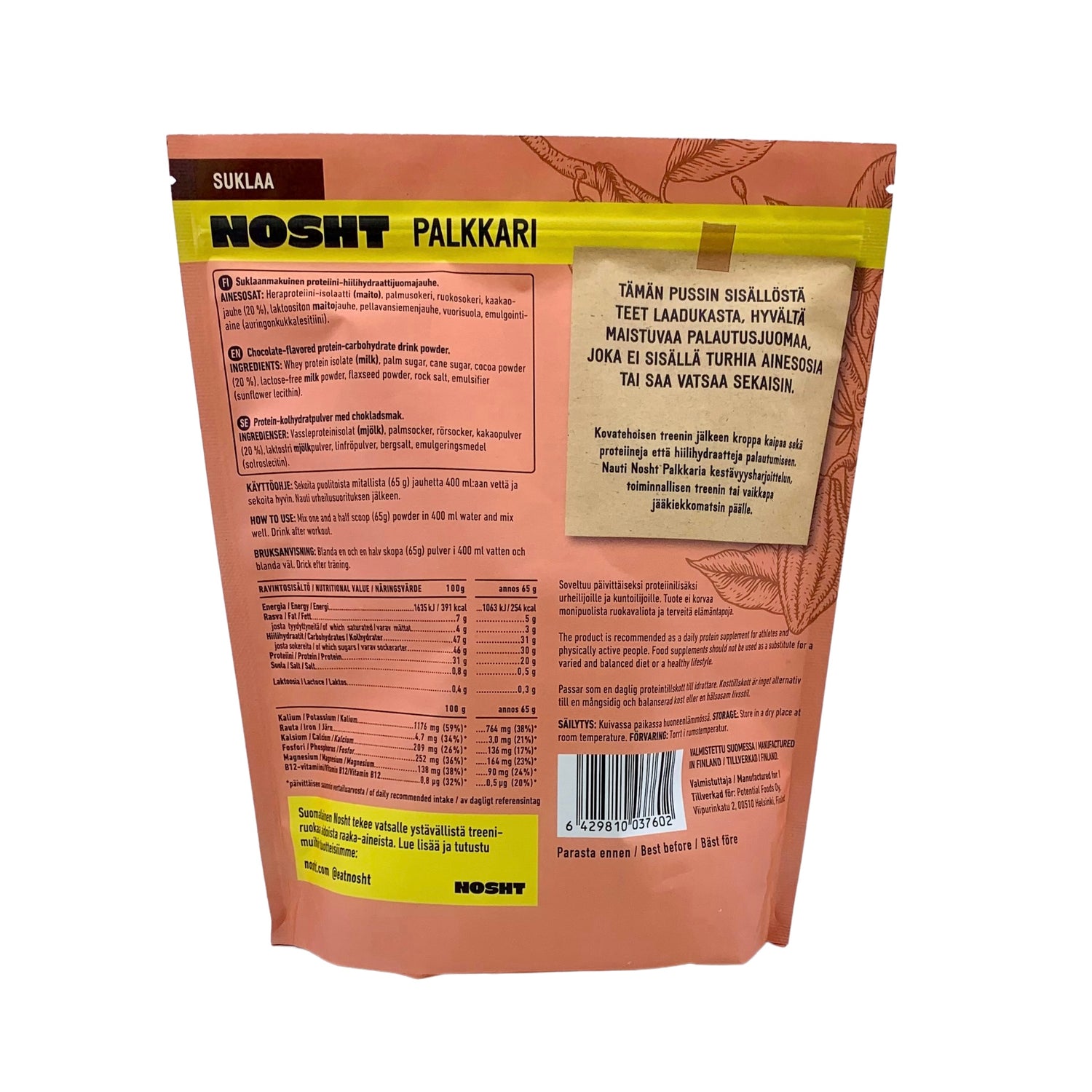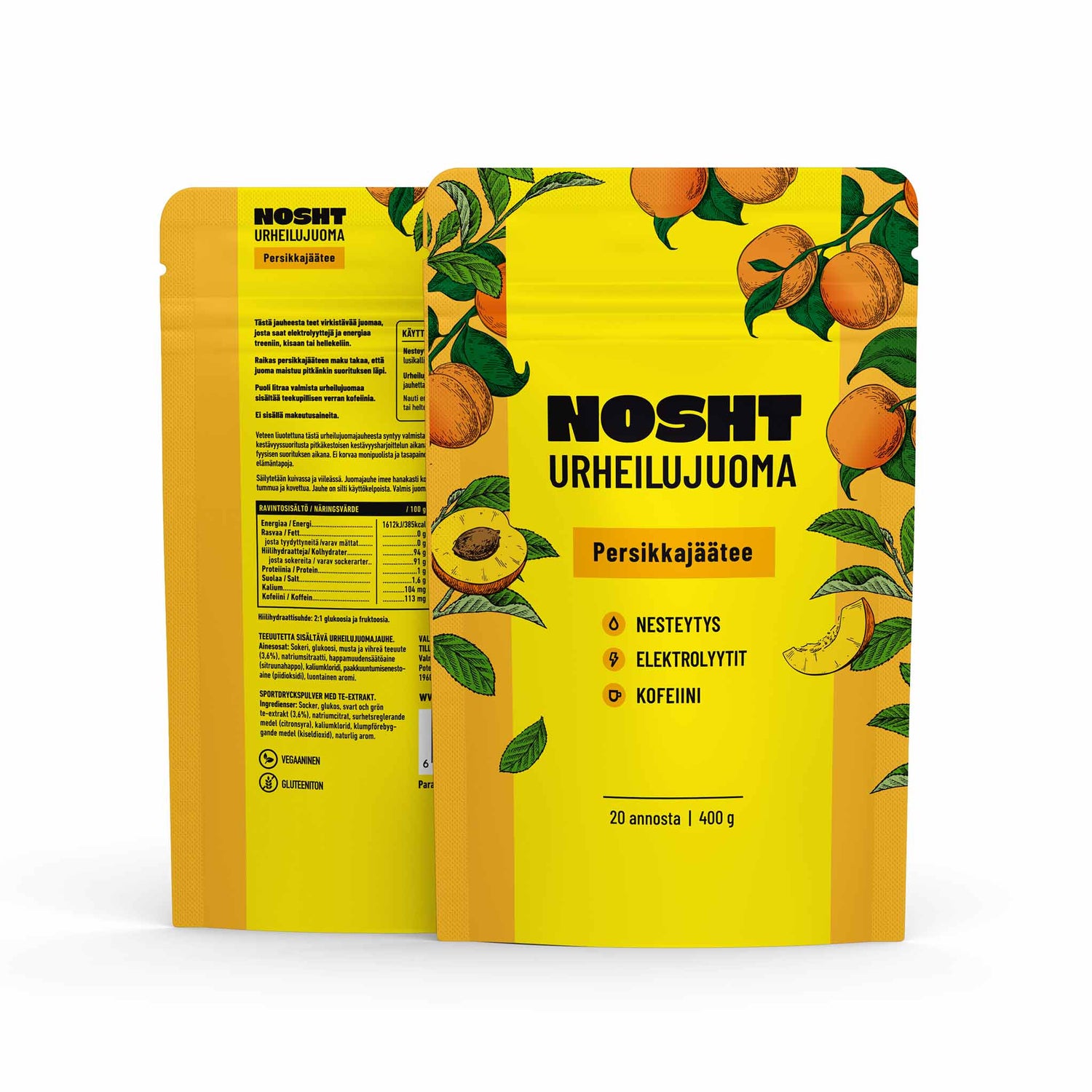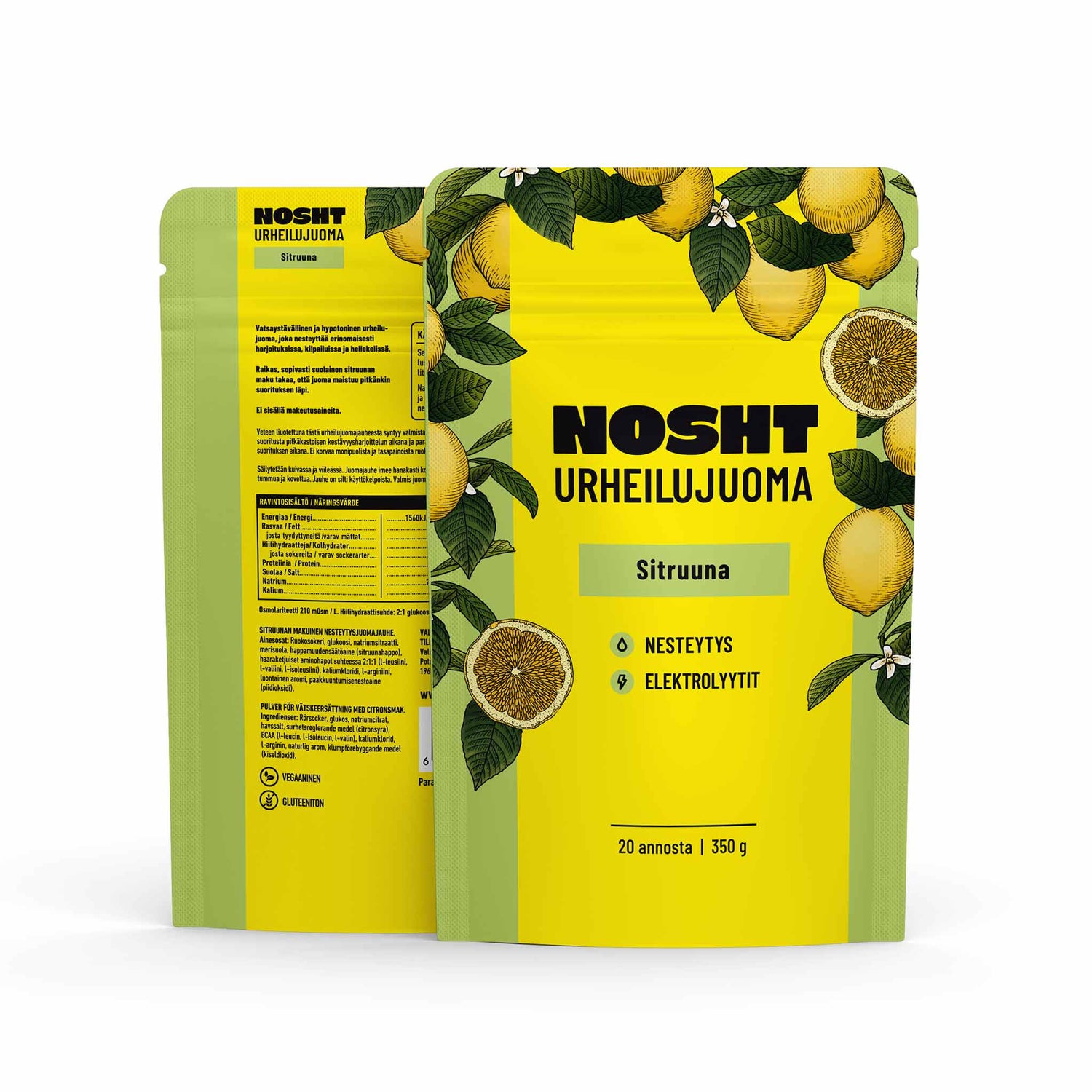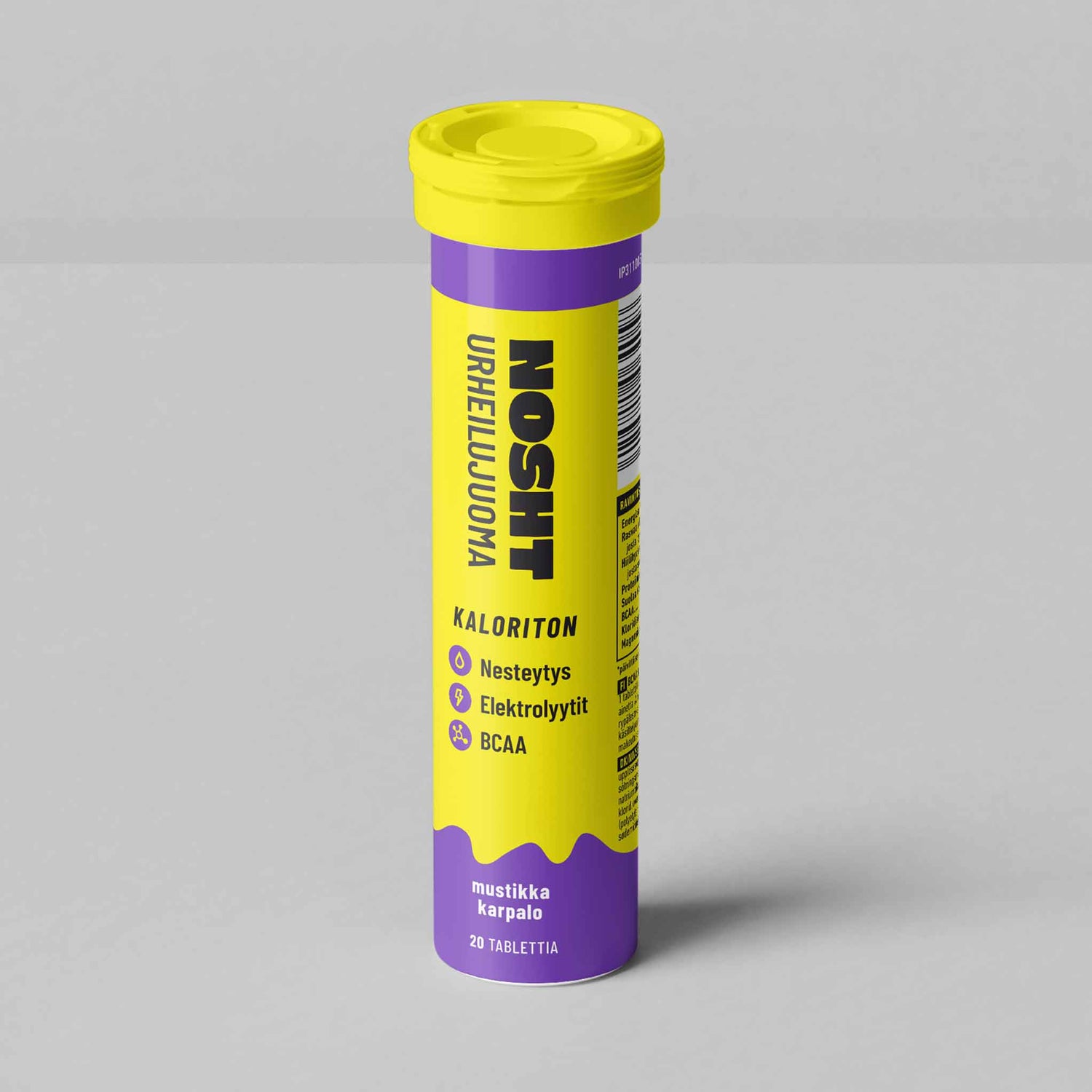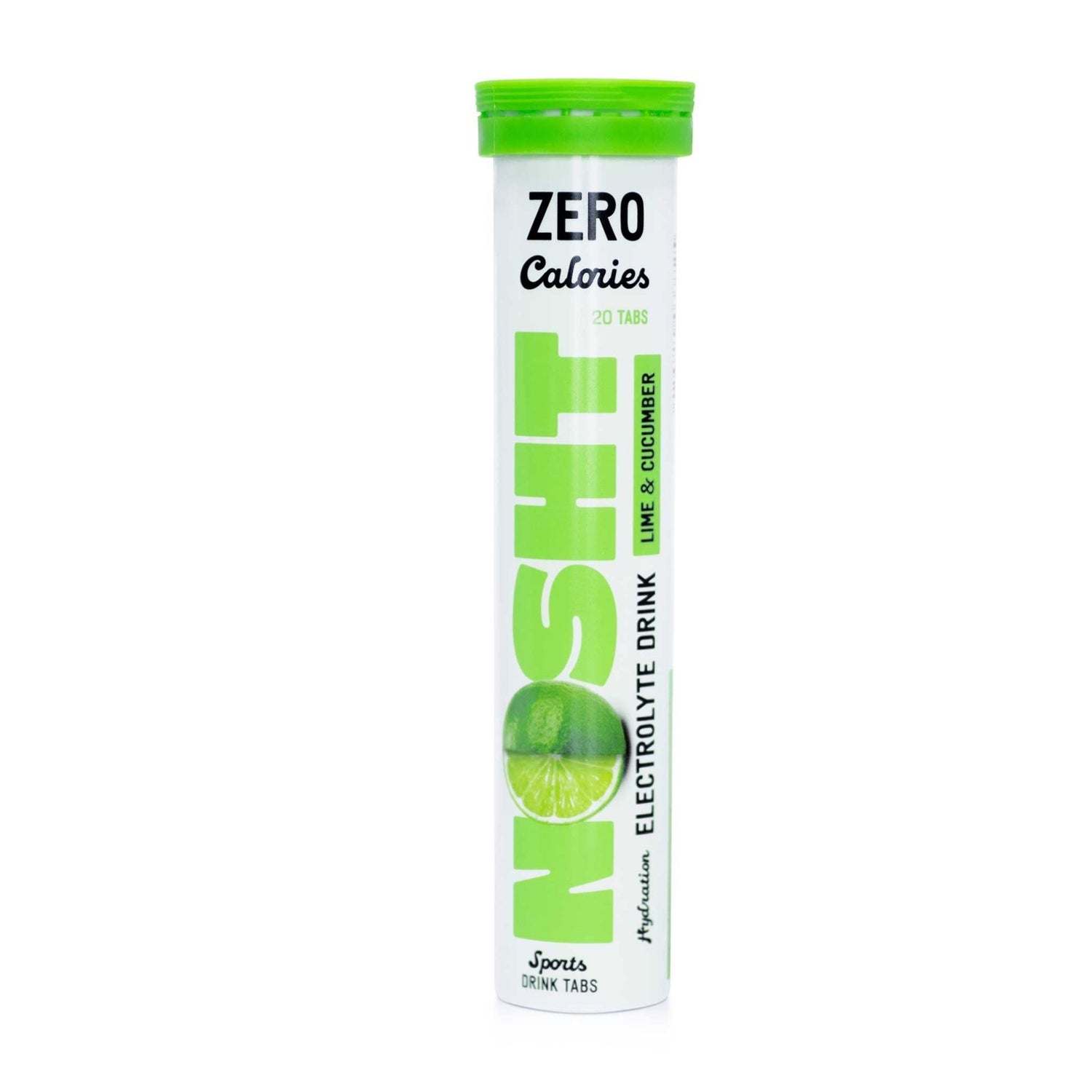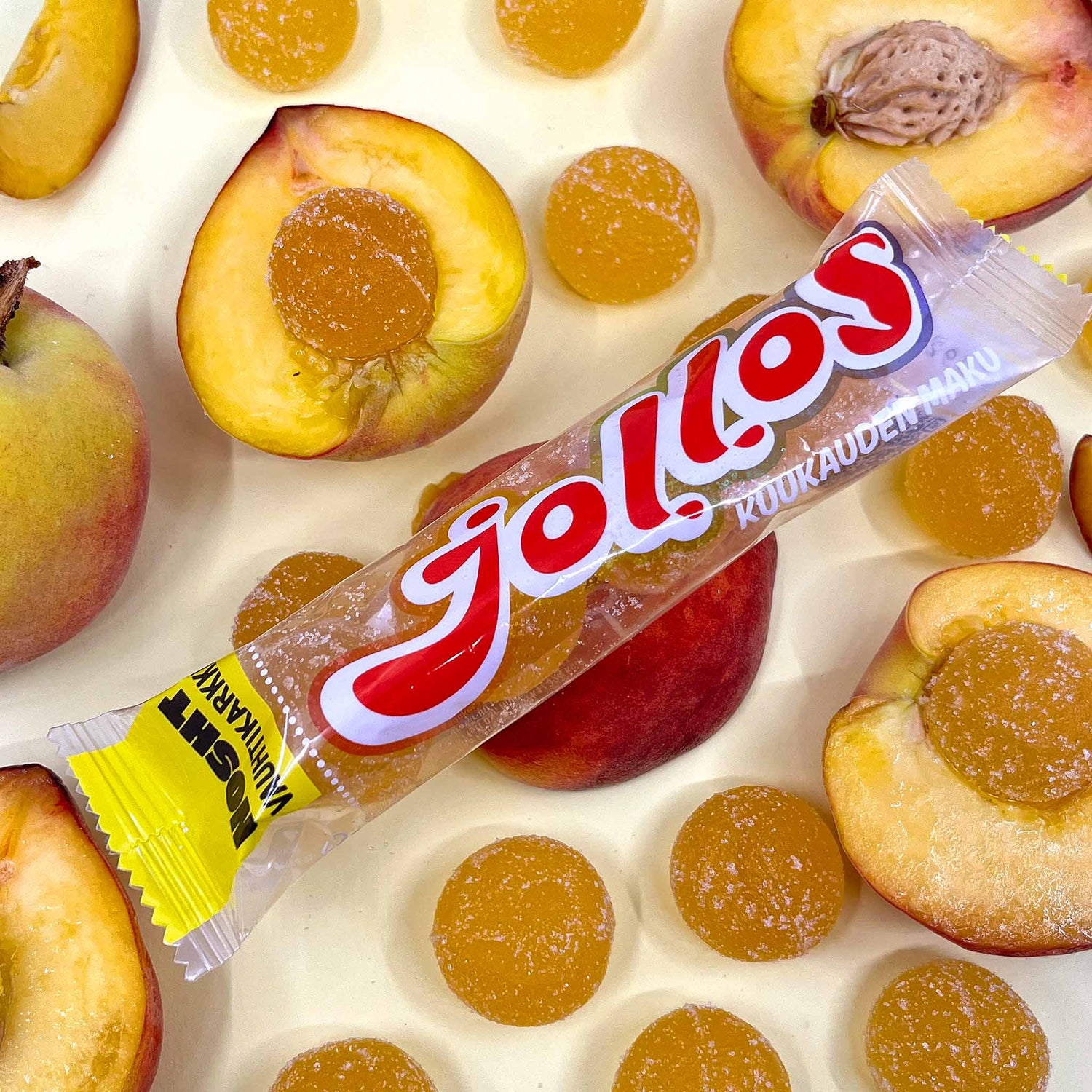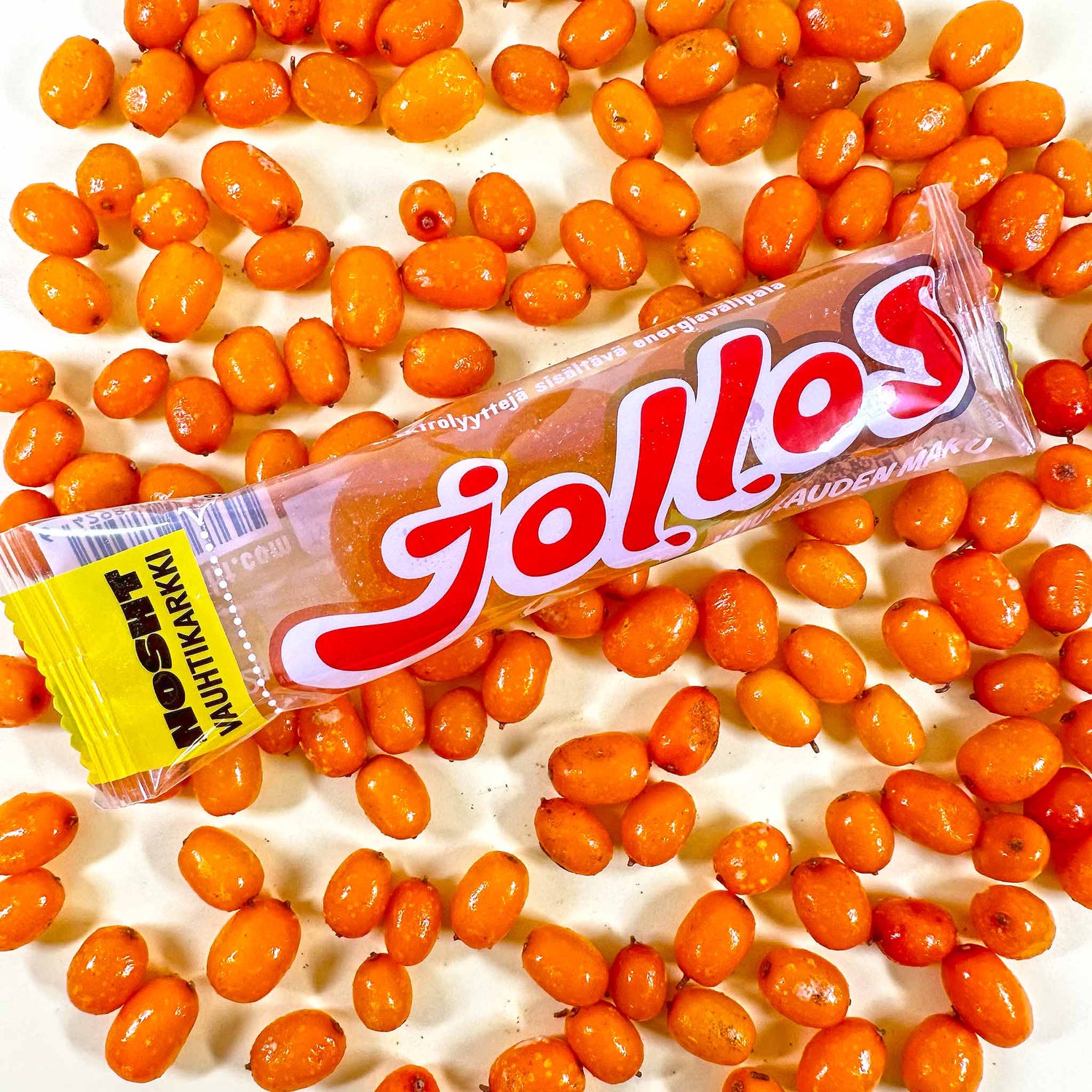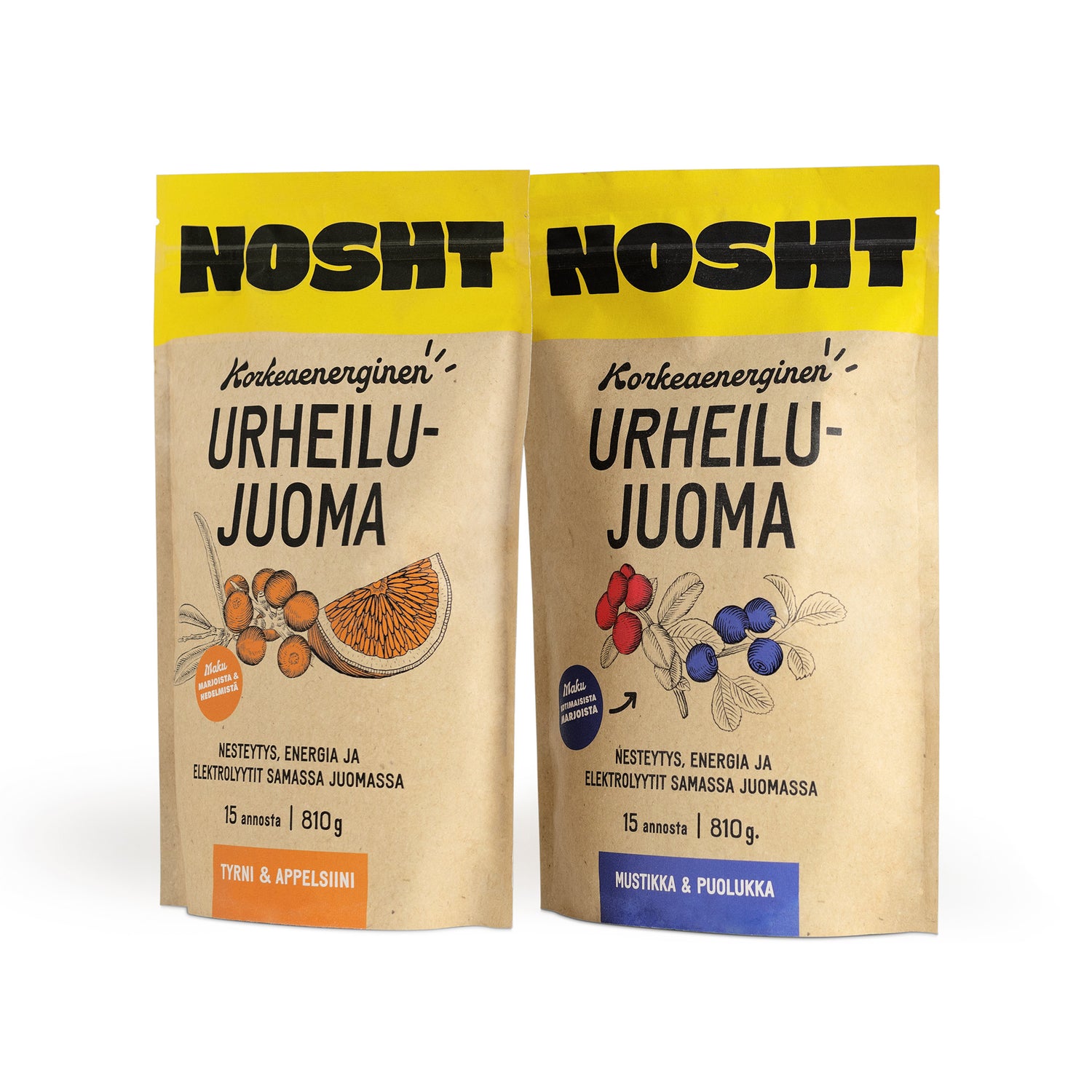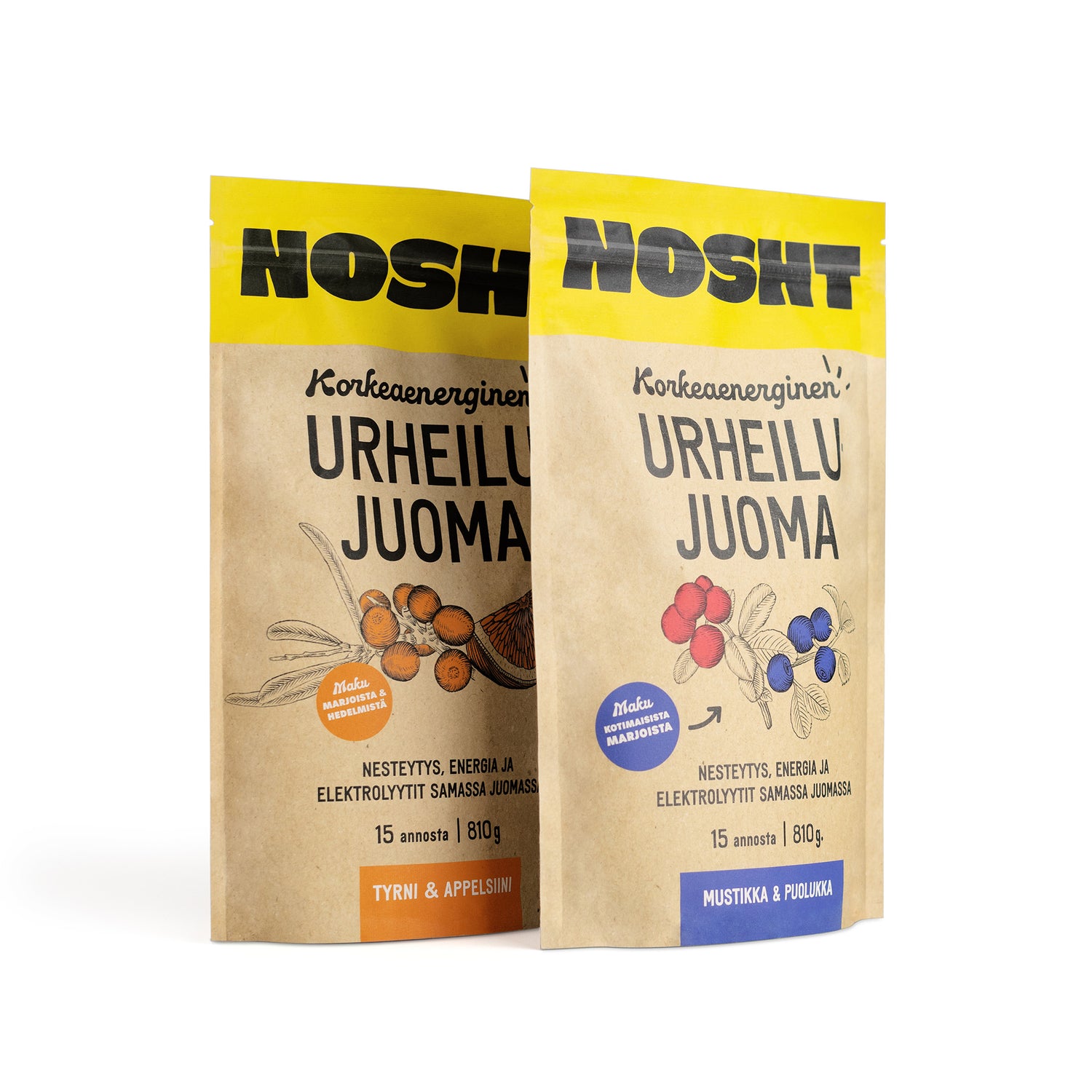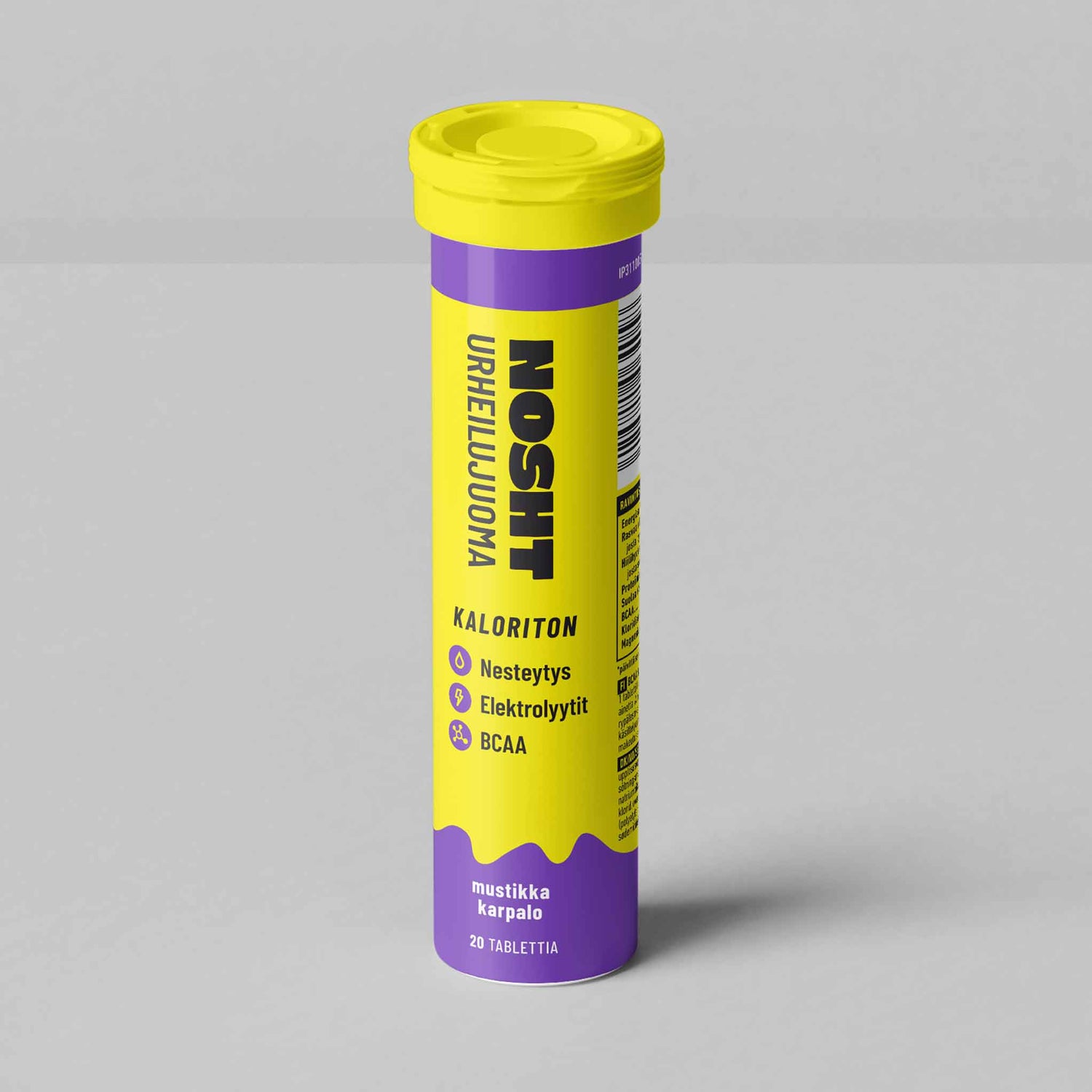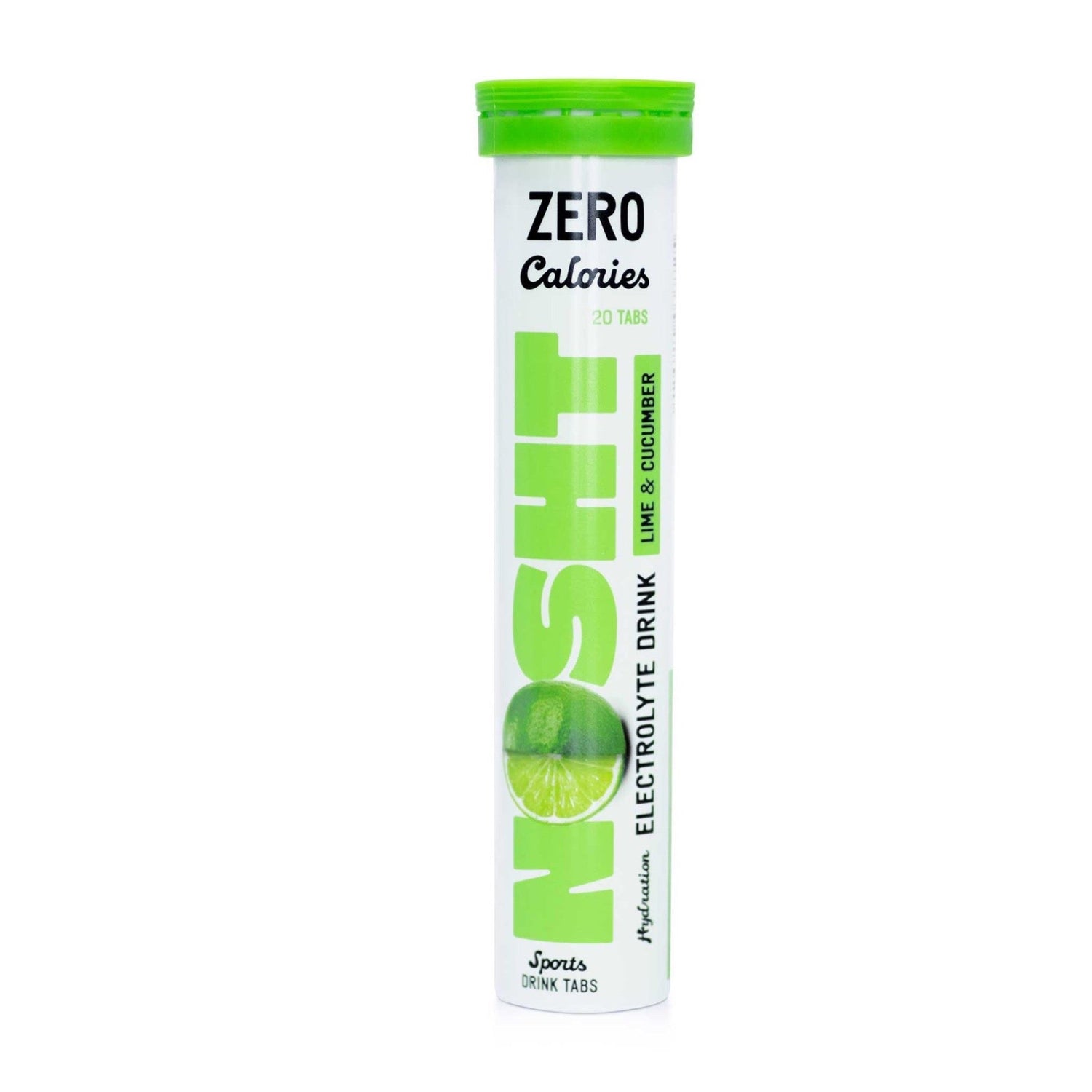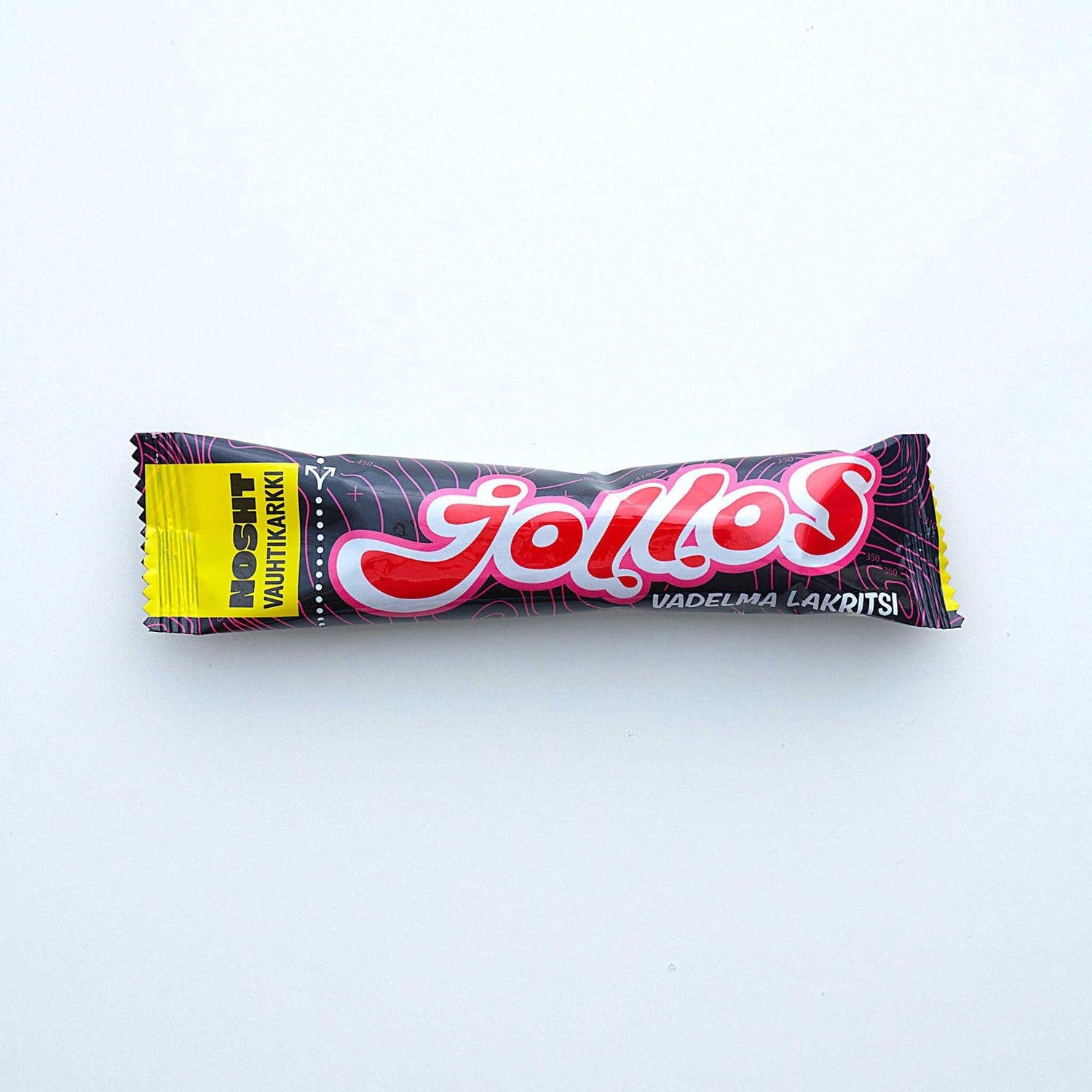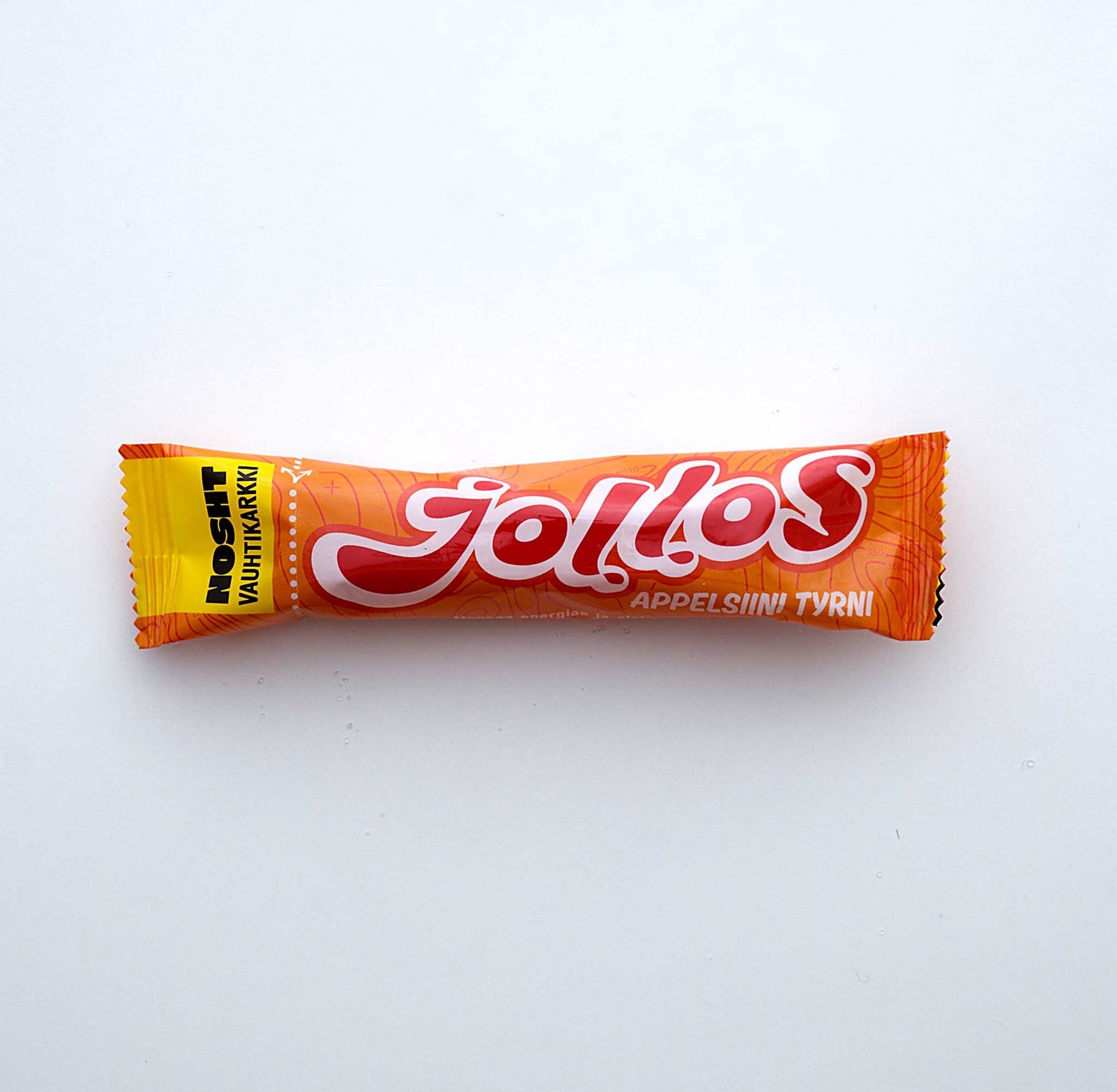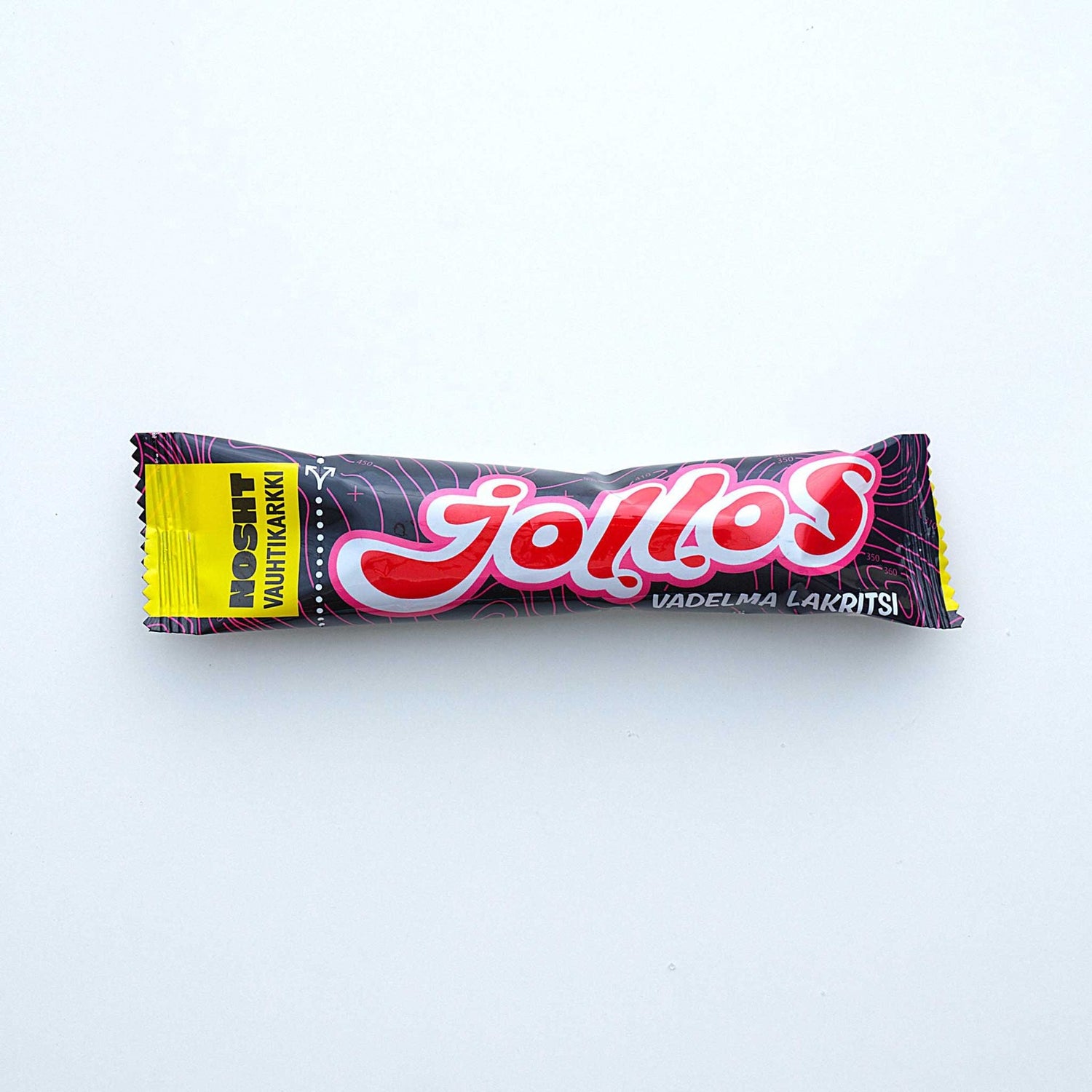Does your training look the same year-round? It shouldn’t. Periodisation is the key to improving your running, cycling or other endurance activities.
Developing as an athlete means forcing your body to adapt to different kinds of stimuli. Exercise causes fatigue, which in turn is followed by recovery and development. Through this chain of effects, you’ll become - if not a Superman or a Superwoman, at least a faster and stronger athlete.
In this post, we tell you why periodisation is essential to endurance training. We give tips on how to plan your training year, how to increase your speed towards the racing season and how to stay away from strain injuries. At the end of the article, you can find a yearly periodisation plan for a trail runner, too.
Periodisation on a daily, weekly and yearly level
You won’t become better if your training routine looks the same all the time. Within a week, there should be heavier and easier days. Many people follow this daily periodisation naturally, thanks to all the other hustle and bustle in daily life.
It’s also important to look beyond a single week in the calendar. If you’re training ten or more hours per week, you should take a significantly easier week every three or four weeks. This ensures that the body gets to recover properly. Better recovery in turn helps development and prevents injuries.
For runners, cyclists and other summer-time endurance athletes, autumn is a good time to pull out the calendar and start planning the upcoming training year. It’s important both physically and mentally to have easier and harder training periods throughout the year. Periodisation also helps to focus on different aspects of training, such as strength or speed.
Transition period helps you to recover both physically and mentally
If your sport is road or trail running, cycling or other, more summer-focused discipline, it may work well to keep on training and racing until September and October and take a month off after that. This is called a transition period.
The transition period doesn’t mean you have to stop moving. The key is that you get to recover both physically and mentally. This is the time to do whatever you feel like doing: if there are any aches and pains or you don’t feel like going out for a run or a ride, just don’t. This is also the perfect time to play different sports and try new things.
Many lack the patience to have a proper rest period within the training year. After summer, it may be tempting to start a new training cycle right away and try to build on top of last season’s results. This works very rarely. Even professional athletes know that the body needs time to rest and let the condition level even drop a little bit. Otherwise, you may well suffer from fatigue and strain injuries towards spring.
Start the new training cycle with building the base
Kick off the new training season with patience. Give your body time to get used to regular training and don’t let the load increase too quickly. It’s good to keep in mind that after the transition period, your body may be more accepting of the training, so even a smaller load is enough for you to see some improvement.
Start by building the aerobic base. If you train five times per week, four of your workouts should be easy or moderate pace and one with faster intervals.
At the beginning of a new training season, endurance athletes should focus also on developing strength and mobility. Do these workouts two to three times per week. Some of these can be combined with endurance training.
Remember to add some variety to your training. Mixing running, cycling, swimming and other disciplines is good for the joints and ligaments, and your cardiovascular system doesn’t know which endurance sport you’re engaged in.
Give your body a boost with a more intensive period
After Christmas, you can shift gears in your training. After a couple of months of building the base, the body needs a new kind of stimulus. In the middle of the winter, it’s good to break the monotony with a more intense period of training.
If you train five times per week, the intensive period could look like this: For a month, do three to four workouts per week with fast intervals. To make sure the overall load doesn’t become too much, it’s better to decrease the overall amount of training during the intense period.
Increase the intensity and volume gradually
After an intense period, you should go back to building the aerobic base. Again, most of the workouts should be done at a moderate pace. If the training has been successful, you should be running or cycling with the same heart rate but now faster.
From February to April, you can slowly increase both the intensity and the amount of training. Aerobic training should still be the cornerstone of your training. What’s different now when compared to autumn is that the training is more focused on your specific sport rather than playing different sports.
Increase the pace in time for the racing season
Towards the racing season, the key is to do workouts with your planned racing pace or even faster. Working on speed should now be the priority, and to ensure that, you can decrease the overall amount of training.
Just before the races, it’s crucial to decrease training load significantly. You can reduce the number of workouts, but you can do the workouts with a faster pace to maintain your peak condition.
Plan the racing season so that you can fit short training periods between the races approximately once per month. These periods should focus on maintaining your endurance.
Reverse periodisation requires a strong base
Some experienced ultra-endurance athletes prefer to follow a model called reverse periodisation. It means that you start the season with speed work instead of endurance, and towards the racing season, you do more endurance work and increase the amount of training.
Reverse periodisation requires a strong base so that the intensive period in the beginning of the season isn’t too hard on the body. This model also requires a lot of time so that there is enough volume in the
Yearly periodisation example for a trail runner
5 workouts per week
October
- Transition period
- A couple of workouts per week based on feeling
- Top priority is recovery and healing possible repetitive strain injuries
November to December
- Easy pace endurance training 3 to 4 times per week
- Fast pace endurance training once per week
- A variety of sports: swimming, cycling and Nordic walking in addition to running
- Strength training
January
- Fast-paced workouts 3 to 4 times per week (half running, half other sports)
- Endurance training 1 to 2 times per week (a variety of sports, such as swimming and cross-country skiing)
- Core workouts, mobility and strength training that focuses on your weaknesses
February to May
- Reduce the amount of easy and medium paced endurance training gradually: 3 to 4 times per week on February, 2 to 3 times per week in May
- Increase the amount of fast-paced workouts gradually: 1 to 2 times per week on February, 2 to 3 times per week in May
- Start to focus more on running towards spring
- Strength training: focus first on strength, then mobility
June to September, race season
- A good rhythm for races could be 2 races in June, practice season in July, 4 races in August and September
- Remember to decrease the amount of training before the race but keep on working on your endurance between the races

Kaisa Sali is a nutritionist, coach and a former professional triathlete who ended her career last autumn by placing sixth at Ironman World Championships at Kona, Hawaii. In Nosht's blog, she shares her expertise in sports nutrition, training and how to make your gut your best ally in training and racing.

